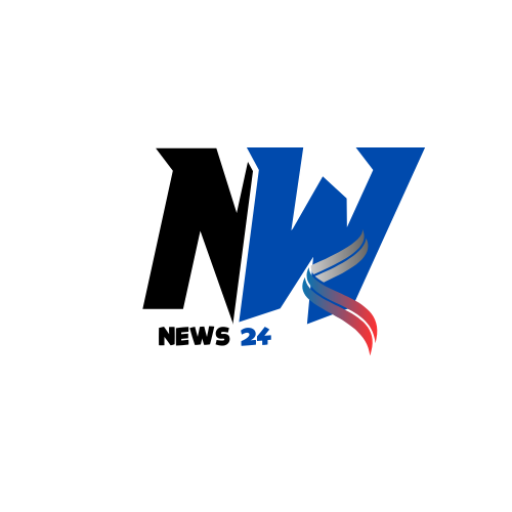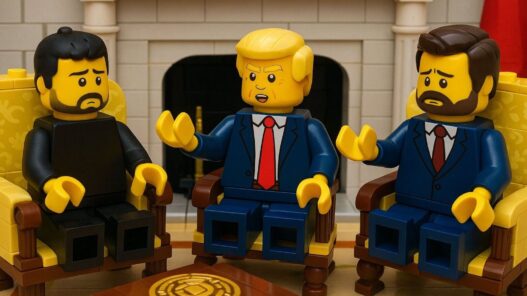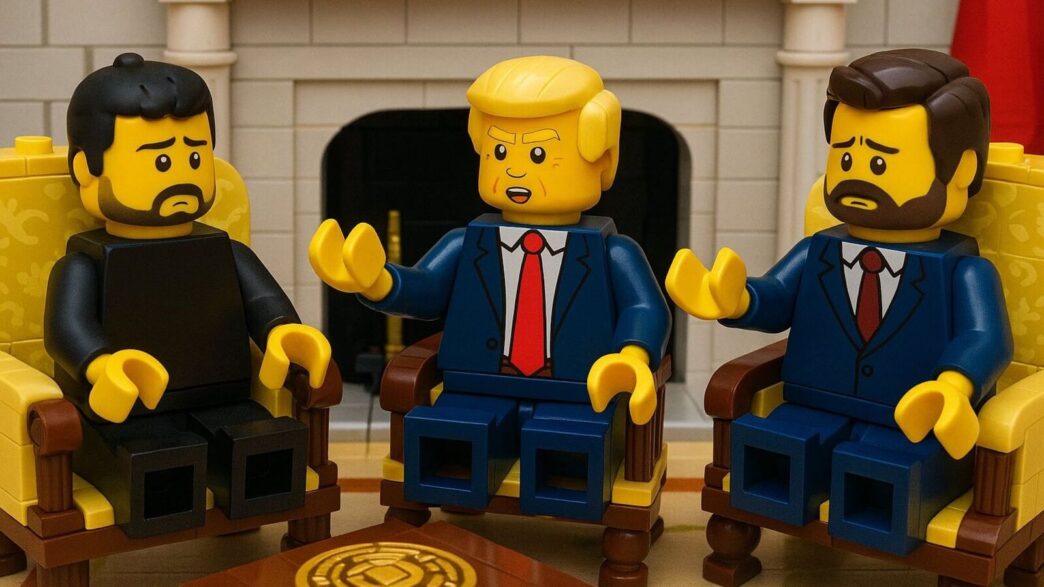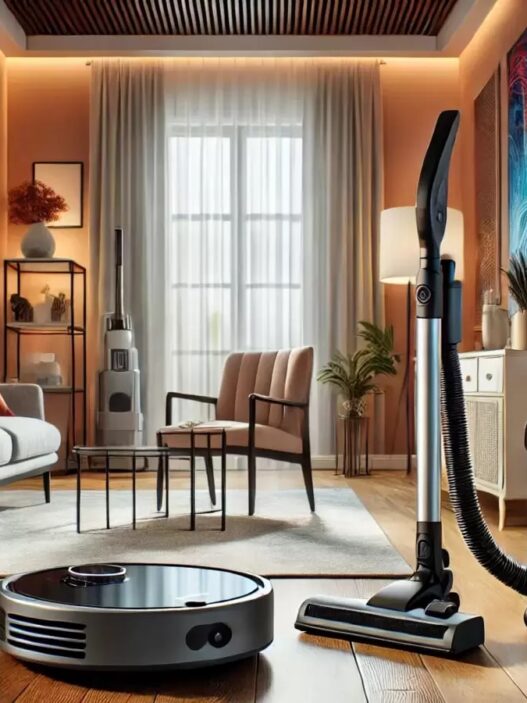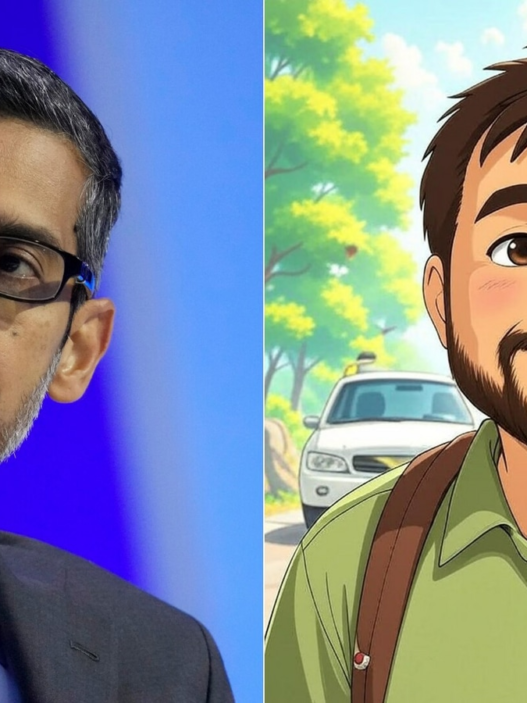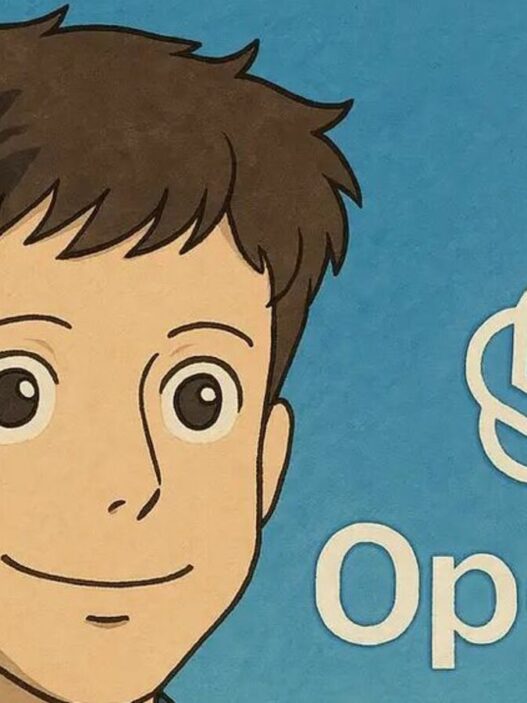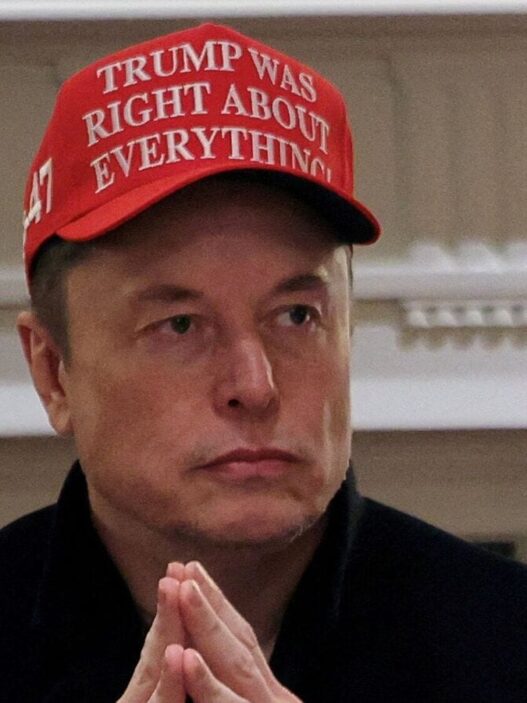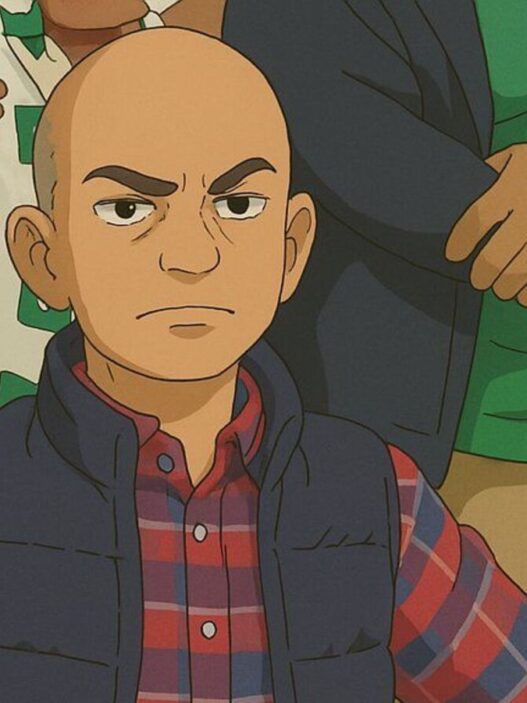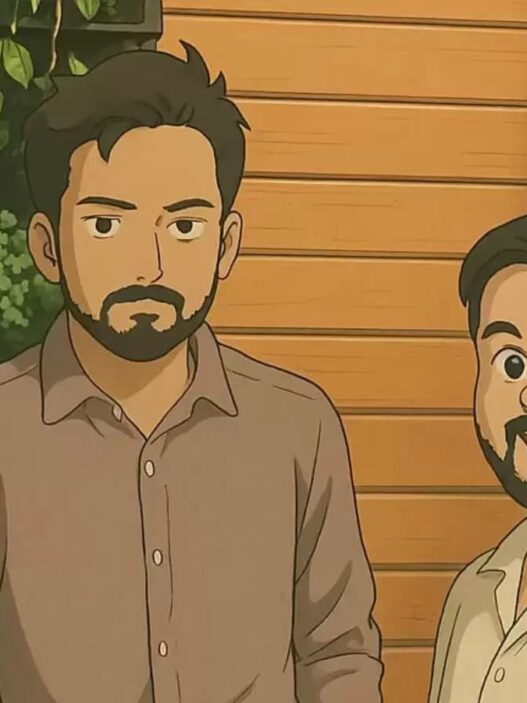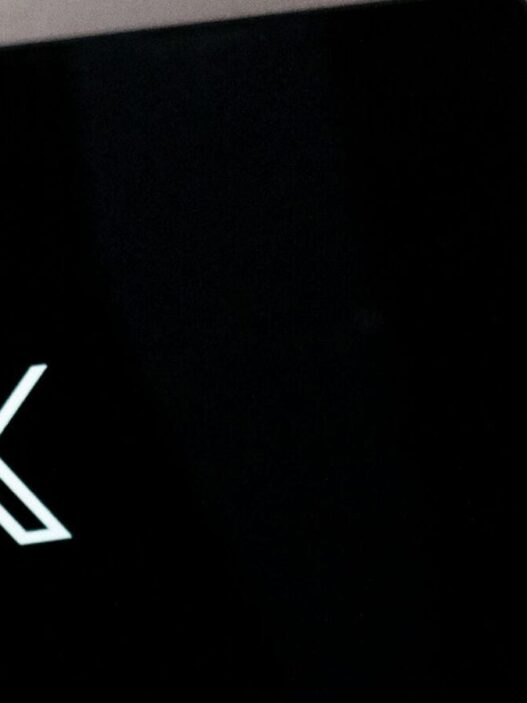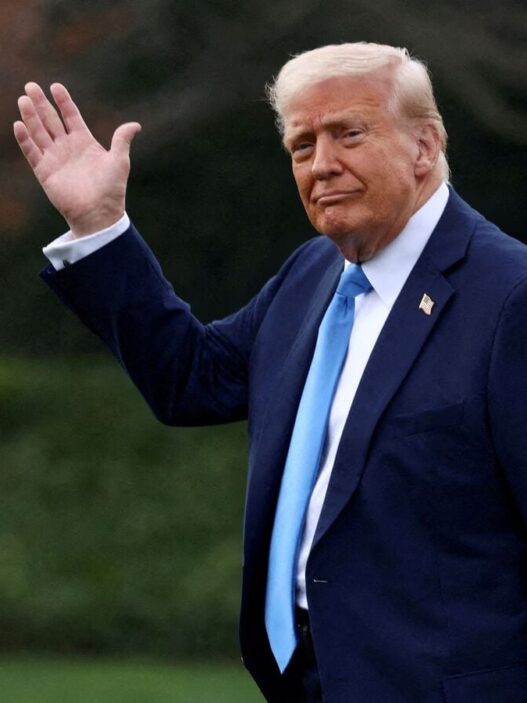The trend for Studio Ghibli-style AI portraits shows no signs of slowing down anytime soon, with even popular world leaders, actors and cricketers joining the chorus. However, the native image creation feature that powers the Ghibli-style AI images, which has only recently been made available to free users, is capable of creating much more than just the Japanese anime style. Here’s a look at the 5 unique styles you can give your portraits.
1) Lego style:
Lego-style images add a playful, blocky character to your portrait shots, making them look like the design of iconic toys, that also have multiple movies named after them.
2) Pixar:
Pixar-style images feature large and expressive eyes, soft lighting, smooth texture, and detailed shading, making the portrait shots look like they are straight out of an animated film from the popular studio.
3) Southpark:
South Park style effect will transform the people in the portrait shot into a flat, cutout like character with simple shapes, thick outline and facial expressions. The ultimate output will be an image with cartoonish and satirical look.
4) Comicbook:
Comicbook style adds bold lines, dramatic shading and high contrast colours to the portrait shots, making them look like they were taken straight out of a popular comicbook.
5) Simpsons:
Simpon style effect will turn your images into yellow-toned skin with overbite smiles and exaggerated facial expressions. The ultimate output will make the persons in the image look like they are residents of Springfield – the town where The Simpsons is set.
If you’re still not convinced about switching to one of the above styles, there’s always the option of following the crowd and going with Ghibli-style images.
What is native image generation? Why is it leading to great pictures?
ChatGPT has been able to convert text to images for some time, but this has been done using external models such as OpenAI’s DALL-E 3. However, OpenAI recently unlocked the native image generation capabilities in GPT-4o, the large language model that runs ChatGPT.
This has led to the ability to generate and edit images directly, taking advantage of its multimodal capabilities. The resulting images are better at handling objects and are more accurate, while also being able to take advantage of ChatGPT’s text knowledge.
